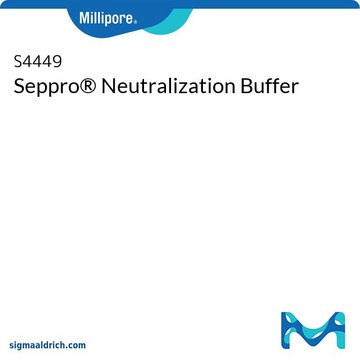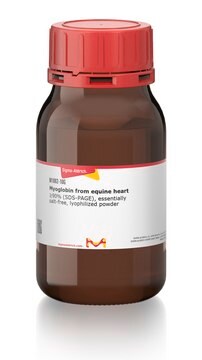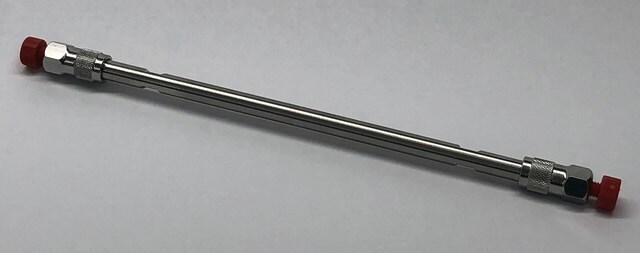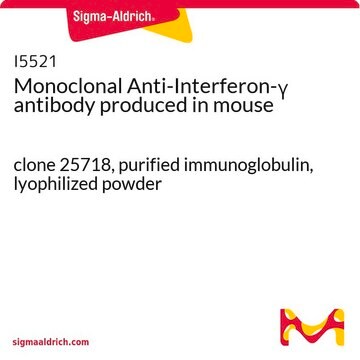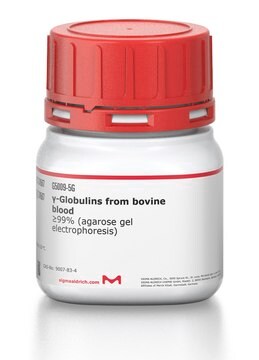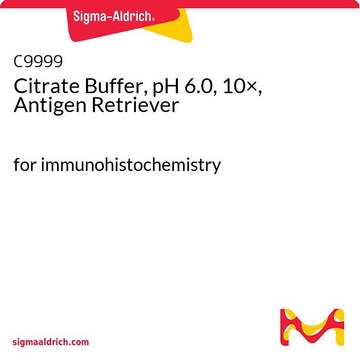SCC226
YUMM1.4 Mouse Melanoma Cell Line

Sinonimo/i:
YUMM1.4 Mouse Melanoma Cell Line, Yale University Mouse Melanoma 1.4 cell line, Yale University Mouse Melanoma cell line
About This Item
Prodotti consigliati
Origine biologica
mouse
Livello qualitativo
Confezionamento
vial of ≥1 x 10^6 vial (viable cells per vial)
Produttore/marchio commerciale
Millipore
tecniche
cell culture | mammalian: suitable
Condizioni di spedizione
liquid nitrogen
Temperatura di conservazione
−196°C
Applicazioni
- Each vial contains > 1X106 viable cells.
- YUMM1.4 cells are tested negative for infectious diseases by a Mouse Essential CLEAR panel by Charles River Animal Diagnostic Services.
- Cells are verified to be of mouse origin and negative for inter-species contamination from rat, chinese hamster, Golden Syrian hamster, human and non-human primate (NHP) as assessed by a Contamination CLEAR panel by Charles River Animal Diagnostic Services.
- Cells are negative for mycoplasma contamination.
Caratteristiche e vantaggi
Descrizione del bersaglio
The YUMM1.4 cell line was produced to be more experimentally relevant. The cell line was derived by backcrossing important alleles into C57BL/6J mice. The mice were interbred to produce human-relevant genetically defined mouse models that could then be used to generate cell lines. Melanomas were induced by applying 4-hydroxytamoxifen to induce Cre-lox allele recombination. Cells were then mechanically and enzymatically dissociated from the removed tumor. The melanoma lines generated from this procedure retained important human melanoma characteristics useful for studying disease progression.
The YUMM1.4 cell line is driven by Braf activation, Pten inactivation, and Cdkn2a inactivation.1 The cell line is positive for the common melanoma marker, MelanA. The cells are syngeneic with C57BL/6J mice and are very tumorigenic in vivo.
Source
Cell line was derived from a 4-hydroxytamoxifen-induced melanoma tumor in a male C57BL/6 mouse into which mutations from the Braf/Pten genetically-engineered mouse model had been introduced via backcrossing.
References
1. Meeth, K., Wang, J. X., Micevic, G., Damsky, W., & Bosenberg, M. W. (2016). The YUMM lines: a series of congenic mouse melanoma cell lines with defined genetic alterations.Pigment cell & melanoma research,29(5), 590-597.
Stoccaggio e stabilità
Altre note
Esclusione di responsabilità
Codice della classe di stoccaggio
10 - Combustible liquids
Classe di pericolosità dell'acqua (WGK)
WGK 2
Punto d’infiammabilità (°F)
Not applicable
Punto d’infiammabilità (°C)
Not applicable
Certificati d'analisi (COA)
Cerca il Certificati d'analisi (COA) digitando il numero di lotto/batch corrispondente. I numeri di lotto o di batch sono stampati sull'etichetta dei prodotti dopo la parola ‘Lotto’ o ‘Batch’.
Possiedi già questo prodotto?
I documenti relativi ai prodotti acquistati recentemente sono disponibili nell’Archivio dei documenti.
Il team dei nostri ricercatori vanta grande esperienza in tutte le aree della ricerca quali Life Science, scienza dei materiali, sintesi chimica, cromatografia, discipline analitiche, ecc..
Contatta l'Assistenza Tecnica.
